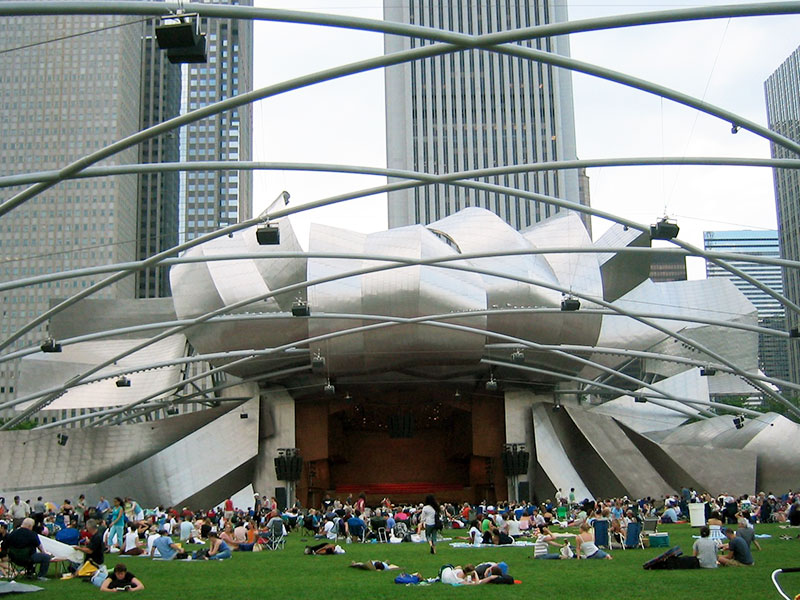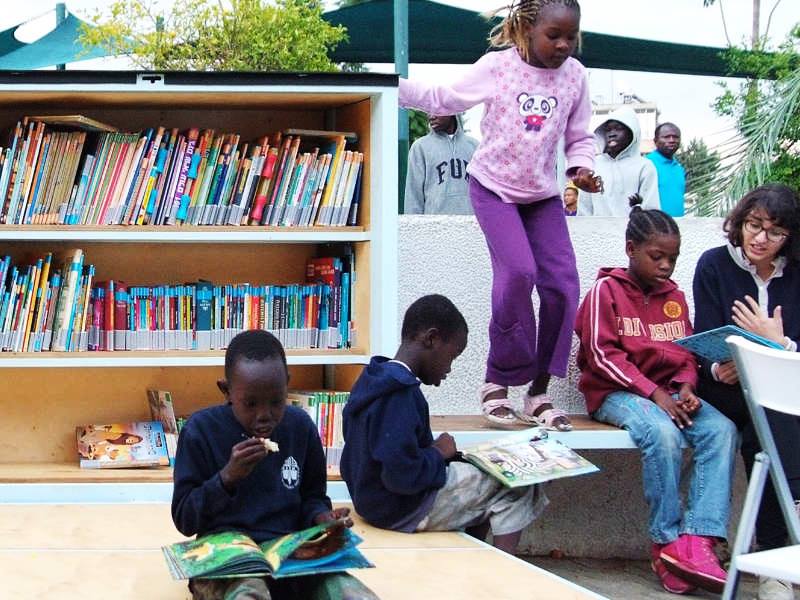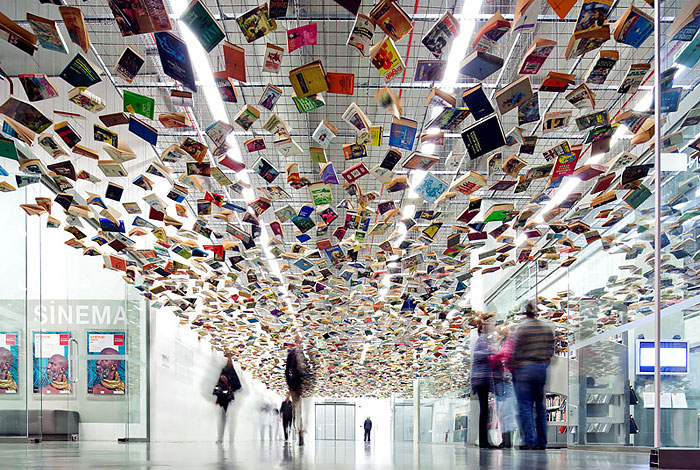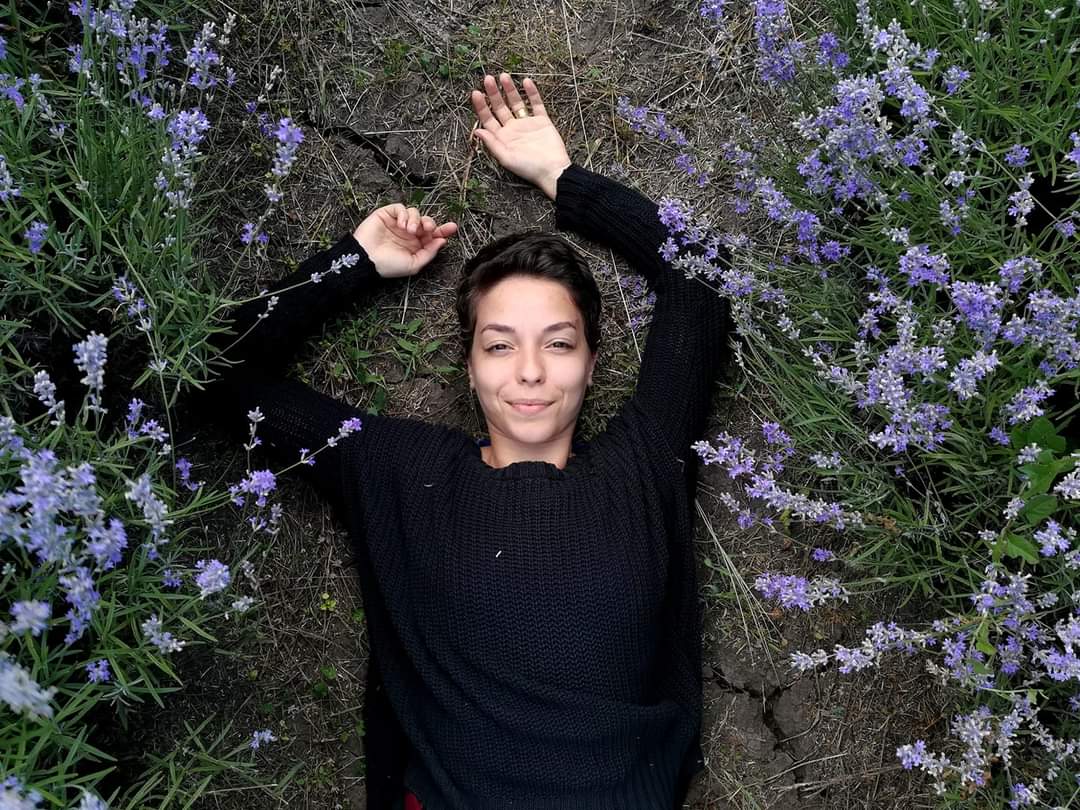
DOES THE CITY LACK… CREATIVITY?
Creativity in all its forms has an enormous influence on a city’s public image, reputation, and positioning. Yet, how would the government know whether or not there was enough creativity in their city? For this purpose, British urbanist and sociologist Charles Landry and successful British businessman Johnathan Hyams have decided to develop a tool to measure cities’ creativity: the Creative City Index.
Experts explain that the Creative City Index may be described as a strategic tool creating a favourable basis for development of people’s interests and potentials, as well as being a necessary condition for subsequent innovations and the city’s cultural and economic progress. The Creative City Index measurement makes it possible to analyse what is going on in this field in a city and, more importantly, which cultural aspects should be improved.
The Creative City Index takes into account several key factors for each city: location, geographic conditions, size, employment, activity in certain industrial sectors, level of culture development, tourist attractions, etc. Then, internal and external evaluation is carried out with application of quantitative and qualitative methods. Concurrently, individual and group surveys are conducted among city dwellers, and then researchers evaluate in percentage terms how their city copes with each of the key areas. Simultaneously, a more impartial team of experts endeavours to understand the city by visiting its projects, websites, and institutions at day and night hours. Furthermore, an online survey of city dwellers is performed in order to get a much broader audience involved in the research. The research results are analysed, and every city is given a set of points that allows participating cities to be compared with each other.
As of today, more than 20 cities have participated in the project, including Bilbao, Helsinki, Ghent, Canberra, Perth, Taipei, San Sebastián, Oulu, Cardiff, Freiburg, Seville, and Kirovograd. The more cities participate, the more information may be collected, which in turn makes it possible to learn from each other and to exchange experiences. Moreover, the project has demonstrated that absolutely all participants should devote more attention to development of cooperation between city cultural sectors.
See further details on the Creative City Index here...




